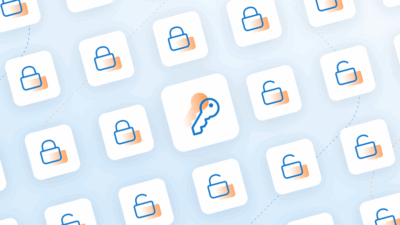You’ve probably heard the old saying, “form follows function.” How does this apply to app design? Well, if your app is beautiful but difficult to use, it’s unlikely that it’s going to be very popular in the long run.
This is where UX research and usability design come into play. Essentially, UX research is the process of investigating what users want and need in a product. The research stage allows you to determine what experience users desire and need to make the app successful. Usability design takes that research and creates the product that’s required.
Of course, there’s more to it than that. Read on to learn the basics of UX research and usability design.
UX Research 101
UX research enables you to understand who your users are and what they’re looking for in a product. Researchers apply a variety of techniques to get information from their users that will inform the strategy used to create an optimized product. And it’s not just used at the beginning of the development process— UX research can inform every stage of product development, determining which direction your team should take next.
Common UX Research Techniques
There are a variety of techniques that researchers use to obtain information from users, but they all have one thing in common: talking to users. The best way to get the information you need to create a well-designed product is to get out there and talk to the people who will use it. That said, here are some of the most frequently used UX research techniques.
- Conducting contextual inquiries and interviews— Contextual inquiries allow UX researchers to watch users interact with products in their own environment. It gives the researchers the opportunity to talk to the users as they perform tasks, without any external distraction. Users share the problems they face, the variety of equipment they prefer to use, and the time frame in which they complete everyday tasks.
- Card sorting— This method asks users to organize topics written on cards (or entered into online card-sorting software) into categories that make the most sense to them. The exercise helps UX researchers understand how users understand and organize topics, and what their expectations for the organization are.
- Diary study— When a UX researcher conducts a diary study, they offer users the required materials to record what they do over the course of the day, with a focus on a particular subject. This enables the researchers to collect temporal and longitudinal info about the users’ habits.
- Testing Product Usability— When researchers introduce usability testing, they gather a group of users and ask them to test a product. As the users complete previously determined tasks, researchers observe, taking notes. This technique lets researchers discover any potential problems before they’re coded.
Once the research is completed, what are you left with? All of the data you might need to back up your design, saving you time and money in the design process.
How To Implement Usability Research in Design
You’ve gathered all of the UX research, and you’re ready to start designing your product. You’ve got a lot of great ideas, but how do you proceed? How do you create a product that meets all of the users’ requirements and is usable?
Before you start, focus on these components:
- Ease of use— Is the basic navigation simple enough for a first-time user to pick it up quickly?
- Efficient— Does the product enable the user to perform the required task quickly?
- Memorable— Is the design “sticky”—will the ability to use it proficiently stay with the user even if they haven’t picked it up for a little while?
- Error— If there are common errors made by users, are they serious? Are users able to rebound from the error quickly?
- Satisfactory— Does the user find it fun to use the interface?
Ultimately, you won’t know if your UX research was put to good use and your design reflects the principles of usability until you’ve completed the last step: testing. You’ve got to fine-tune your design with usability tests and A/B testing to ensure that your product is the best it can be.
Interested in learning more about what FastSpring has to offer software businesses? Click here to get a demo today.
![[Customer Story] Why TestDome Considers FastSpring a Real Partner](https://fastspring.com/wp-content/themes/fastspring-bamboo/images/promotional/2023/FastSpring-TestDome-blog-thumbnail.jpg)








